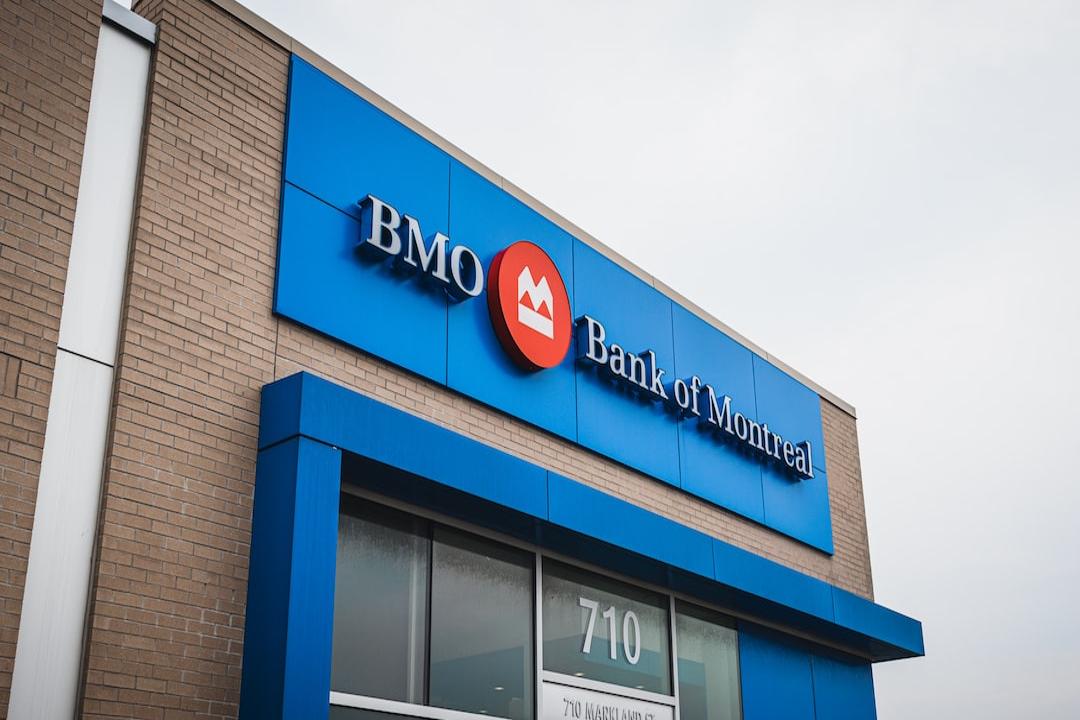The world of cryptocurrency is constantly changing, with new tokens being released regularly. While many people are familiar with popular cryptocurrencies like Bitcoin (BTC), Ether (ETH), and Solana (SOL), there are always new tokens entering the market. For those interested in holding cryptocurrencies, there are two main options: using a centralized exchange (CEX) wallet or a private self-custodial wallet. Both options have their pros and cons.
A centralized exchange (CEX) is a platform that holds crypto tokens on behalf of its users. Users create an account on the exchange, buy and sell tokens, and rely on the exchange to handle their account and assets securely. However, the exchange actually owns the user’s tokens, and if anything unfortunate happens, such as a hack or bankruptcy, the user has no way to retrieve their funds. This lack of control and protection over assets has led to the saying “not your keys, not your coins,” which encourages users to have direct ownership of their tokens. Exchange failures are not uncommon, so it’s important to be cautious and avoid having too much exposure on centralized exchanges.
Despite the risks, centralized exchanges are a popular entry point for newcomers to the cryptocurrency world. They offer an easy way to buy tokens and transfer them to other wallets. To use a centralized exchange, users need to create an account and go through a Know Your Customer (KYC) process, where they provide identification. It’s also important to enable additional safety features like two-factor authentication to secure the account.
On the other hand, self-custodial wallets provide users with full control over their tokens. While blockchains are public and anyone can see the tokens owned by a specific wallet address, a self-custodial wallet ensures that only the user has access to those tokens. This is because the user owns the seed phrase or private key required to perform transactions with the wallet. As long as the user keeps their private key secure, no one else can control or access their funds. Self-custodial wallets can come in various forms, such as browser extension wallets like MetaMask, desktop applications like Exodus, mobile applications like Trust Wallet, or hardware wallets like Ledger. They can be categorized as hot or cold wallets, depending on their level of security. Hot wallets are connected to the internet and more exposed to potential hacks, while cold wallets are offline and only connected when necessary.
Crypto wallets have been evolving to provide better security and simplicity. Some wallets now offer features like recovery by trusted contacts and biometric security. Certain hardware wallets use chip cards for asset protection, emphasizing the need to secure the card like a safe key. Multisignature wallets require multiple approvals for transactions, adding an extra layer of security.
To set up a Trust Wallet, which is a popular self-custodial wallet, users can follow these steps:
1. Install the Trust Wallet app on a mobile device.
2. Securely write down the seed phrase during the setup process and keep it safe. Losing the seed phrase means losing access to the wallet and its funds.
3. Follow the on-screen instructions to complete the setup. After the backup and verification process, users will be directed to the main wallet interface, where they can fund their wallet with a selection of cryptocurrencies.
Trust Wallet can be funded directly using a credit or debit card through the app or by transferring cryptocurrencies from a centralized exchange account.
To transfer crypto assets from Coinbase to Trust Wallet, users can follow these steps:
1. Press the “Send” button on the Coinbase app or website.
2. Select the cryptocurrency and the amount to transfer.
3. Enter the Trust Wallet’s receiving address and confirm the transaction.
To transfer crypto assets from MetaMask to Trust Wallet, users should:
1. Install Trust Wallet.
2. Click the “Send” button in the MetaMask wallet.
3. Enter the Trust Wallet address and choose the amount to be transferred.
4. Verify the transaction details and click “Send” to complete the transfer.
While self-custodial wallets have come a long way, there are still challenges to widespread adoption. The potential for losing a wallet due to misplaced seed phrases or private keys, as well as the lack of easy methods for transferring wallet ownership, remain barriers for everyday users. Future self-custodial wallets may incorporate biometrics and additional layers of authentication to enhance security and ease of use. Privacy regulations may also require KYC procedures for individual wallet addresses in the future. Nevertheless, self-custodial wallets are primarily aimed at giving users control over their crypto assets and accessing opportunities in the cryptocurrency ecosystem.

